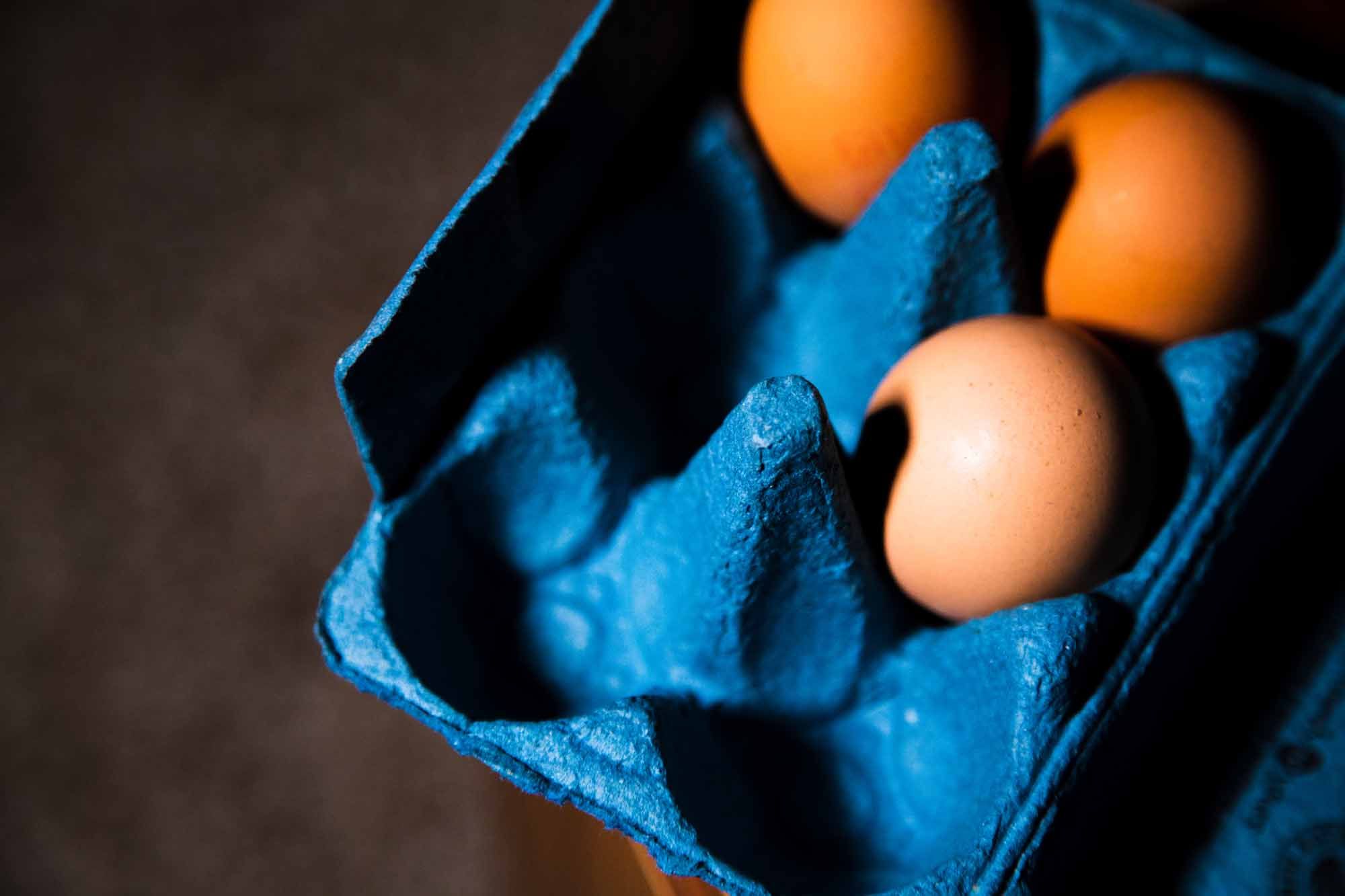“Do you know how to make a Red Eye?” Bryan Brown’s character Doug Coglin cracks an egg and drops it whole into the mix of vodka, beer and tomato juice in the movie Cocktail (that’s right, a Cocktail reference!). Disgusting, right?
Maybe.
The idea of eating and drinking raw eggs can turn a lot people off. Yet drinks with egg — yolks and whites — have long been used in cocktails for taste and texture rather than as hair-of-the-dog hangover “cures”. Fizzes, Flips (like this here Death Flip), Eggnogs and Sours all make use of eggs and egg whites. Egg whites are even used for fining red wines. They help to gently remove harsh tannins and other colloids, which are responsible for the wine’s viscosity, or body.
That foam in your Sour is thanks to egg whites. It occurs when the action of shaking unfolds the proteins in the egg white, rearranging them, and through the introducing air bubbles to the mix. The addition of acid — like the citrus component of a sour — serves to stabilise the foam, meaning that the foam sticks around longer in the finished drink.
But there are important things to consider when using eggs and egg white in drinks. Egg allergy is a common food allergy, and it is thought that the protein ovalbumin is the most likely cause of this; the yolk is said to be considerably less allergenic. There are also concerns about salmonella to reckon with.

Salmonella?
First things first: it’s unlikely you’ll ever be served a salmonella sour. That’s not to say it won’t happen, it’s just statistically unlikely. It’s estimated (in the U.S.) that just 1 in 20,000 eggs harbour Salmonella enteritidis, the strain of salmonella found in eggs. Without being a statistician, it’s reasonable to say that you have a reasonably low risk of catching a contaminated egg in your drink.

